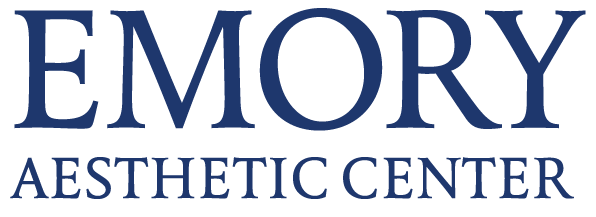The brow lift procedure varies depending on the technique that will be used, however, the approaches described below will take an average of 1 to 1 ½ hours or longer to complete. Brow lifts at our office are usually performed under general anesthesia.
Endoscopic Brow Lift
Currently, an endoscopic brow lift— the most common technique used—involves 2-4 small incisions hidden in the scalp/hair and uses a small camera to give the surgeon visibility as the muscles and skin are smoothed and tightened, and excess fat is removed and repositioned.
Temporal/Lateral Brow Lift
Also known as a lateral brow lift, the temporal brow lift concentrates only on the outer third of the eyebrows on either side. Incisions are often smaller than those of a traditional brow lift and are sometimes placed near the ear. Through these incisions, the sides of the brow are lifted and tightened for a refreshed appearance. The temporal brow lift does not provide ready access to the muscles that lie between the brows (known as the corrugator muscles) that give rise to the vertical wrinkles in that area, commonly known as the "11's." In recent years, a combination of weakening these muscles through an upper eyelid incision, combined with a lateral brow lift, has become a popular alternative technique.
Classic Brow Lift
A surgical approach that has mostly fallen out of favor due to the innovative techniques developed in recent years for lifting the brow, the classic brow lift is still appropriate for some patients. This technique involves a long incision in the hairline that extends all the way across the forehead. This incision allows surgeons excellent visibility and maneuvering ability to tighten, smooth and reposition the brow. This technique is most often used for patients with extensive aging of the forehead.
Pre-Hairline Brow Lift
Some patients naturally have a very tall forehead which can contribute to an overly-elongated facial appearance. In such patients a pre-hairline brow lift can not only lift the brows and smooth the forehead, but shorten the height of the forehead, pulling it downward. The incision for this technique is made to lie in the junction between the hairline and the forehead skin.
Customized Techniques
Though there are basic approaches used for the brow lift surgery, each procedure will be customized to suit the patient’s needs and goals. The least invasive method necessary for the desired outcome will always be used to reduce recovery time and risk to the patient.


